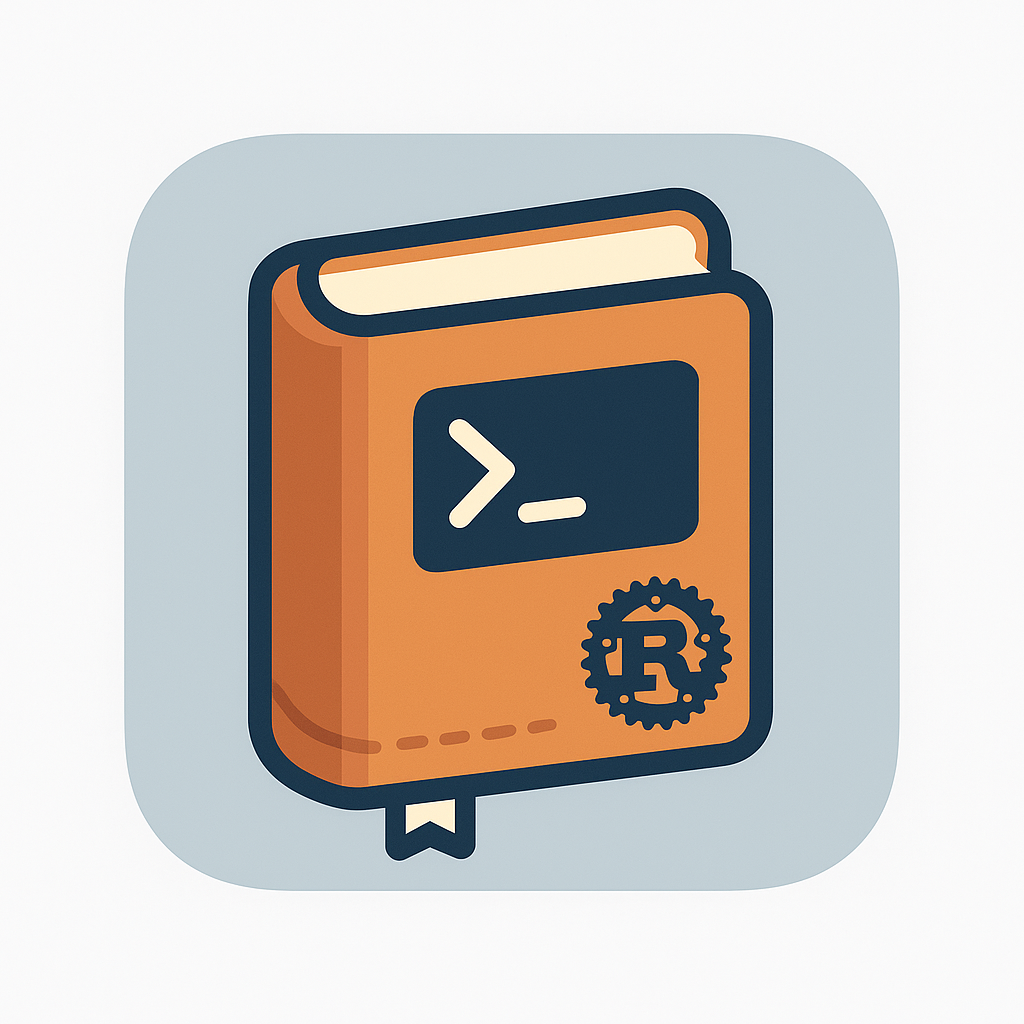
How I Learned Tauri by Building Pocketbook
11 Aug 2025
You know that moment when you start a project just to learn something new, and then… it somehow becomes a tool you actually use every day? That was me with Pocketbook.
It began as a simple idea:
“What if I could have a lightweight desktop tool to manage my personal projects — but powered by Rust for speed and wrapped in Tauri for cross-platform support?”
A month and a bit later, I had a stable version. Along the way, I learned a ton about Tauri, Rust, and how to get an embedded binary to play nicely inside an app. Here’s the journey.
One of the first big “aha” moments was learning about sidecaring. Tauri is great for wrapping a front-end in a Rust backend, but what if you want your app to also ship with an entirely separate binary? That’s where sidecaring comes in.
For me, the “sidecar” was PocketBase, a single-binary backend I wanted to bundle with my app. This meant my Tauri app could spin up a database server locally whenever it ran — no manual installs, no fuss.
It felt a bit like packing a Swiss Army knife into your laptop bag: your main tool is still there, but you’ve got extra gadgets tucked inside.
Next came learning how to bundle configuration files with the app. I wanted Pocketbook to work out of the box, but still allow customization. That meant shipping with:
- .env files for environment configuration
- .config files for app settings
Tauri makes this possible by treating these as resources. Once bundled, they’re accessible from your Rust backend — no fragile “copy this file to the right folder” instructions for the user.
Running a sidecar is one thing. Controlling it is another.
I needed my Tauri frontend (React) to talk to the Rust backend, which in turn managed the PocketBase binary. This is where IPC (Inter-Process Communication) came in.
I learned how to:
- Spawn a process from Rust (launching PocketBase)
- Send commands to it
- Receive and parse output in real time
This gave me fine-grained control — start, stop, restart — without ever leaving the app.
When I started, I knew Rust basics. By the end, I’d learned:
- Process management with std::process
- Error handling patterns that kept my app from crashing
- How to structure code for Tauri commands and state management
And yes, I also made peace with the borrow checker. Mostly.
Pocketbook started as a personal project manager for me. But as I used it, I realized the architecture could work for a lot of other people — especially teams that want a self-contained, local-first project tracker.
So now, I’m planning the next phase: building an API and turning the concept into a SaaS. The desktop app will remain, but it’ll talk to a cloud backend so projects can sync across devices.
Learning Tauri wasn’t just about shipping an app — it was about discovering how to blend different pieces of tech into one smooth experience.
Here’s the short version:
- Sidecaring taught me how to bundle external binaries with an app
- Resources made config painless for users
- IPC & processes gave me control over background tasks
- Rust made me think carefully about safety and structure
- The project gave me something tangible to grow into a future SaaS
If you’ve been on the fence about learning Tauri, my advice is:
Pick a tool you wish existed. Build it. Let the rabbit holes teach you.
That’s exactly what Pocketbook did for me.